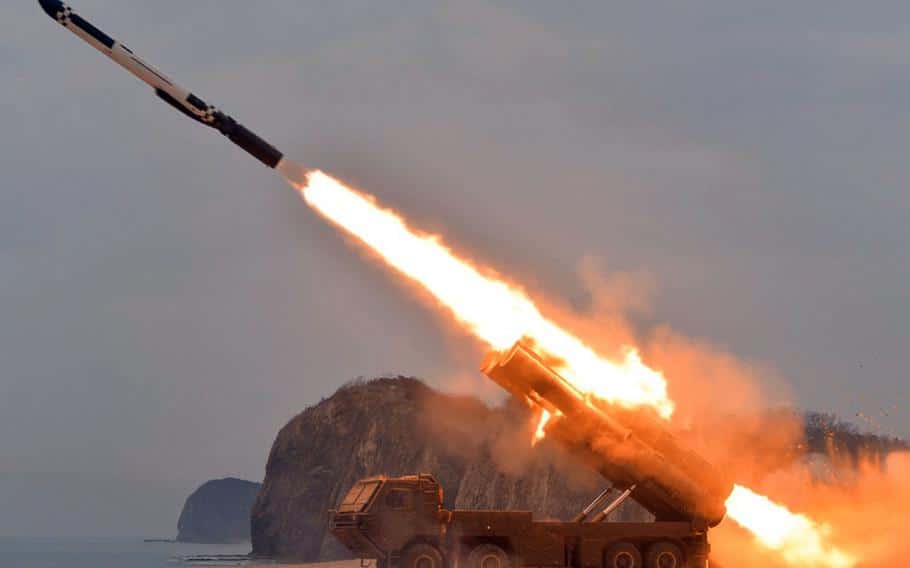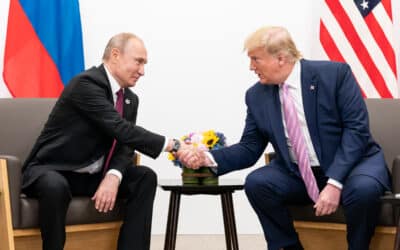Pyongyang test-fired two short-range missiles that flew in the direction of Japan on Thursday, after a similar launch earlier this week reached Japanese airspace and prompted a show of force from Washington and Seoul in response.
The latest missile test was the DPRK’s twenty-fourth so far this year, a record number since supreme leader Kim Jong-un took power in 2011. Initially, Tokyo warned that the missiles would likely cross Japanese territory, but the projectiles fell short of the county’s waters.
Pyongyang’s rash of missile tests comes after a period of relative quiet and even demilitarization on the Korean Peninsula. Starting in 2018, US President Donald Trump and South Korean President Moon Jae-in engaged Kim in several rounds of talks which ultimately resulted in steps to unwind military tensions between the north and south.
Washington and Seoul significantly scaled back their war games, while North and South Korea dismantled military positions along their shared border. Pyongyang also froze its missile program for several years and decommissioned its nuclear testing site.
Under US President Joe Biden and South Korean President Yoon Suk-yeol, who was elected in March, Washington, Seoul and Tokyo have adopted a more militaristic stance towards Pyongyang. The US and Seoul recently conducted their first joint live-fire war games in five years after the US, South Korea and Japan signed a trilateral military agreement in May that North Korea views as an aggressive, NATO-like alliance.
American demands that North Korea abandon its nuclear arsenal, even as Washington deploys aircraft carriers to South Korea, have only emboldened the series of North Korean missile tests this year. On Wednesday, Washington and Seoul conducted a missile test of their own as a show of force in retaliation for the launch that reached Japan, seeing one of South Korea’s missiles malfunction and explode at a military base not far from the border with the north.































